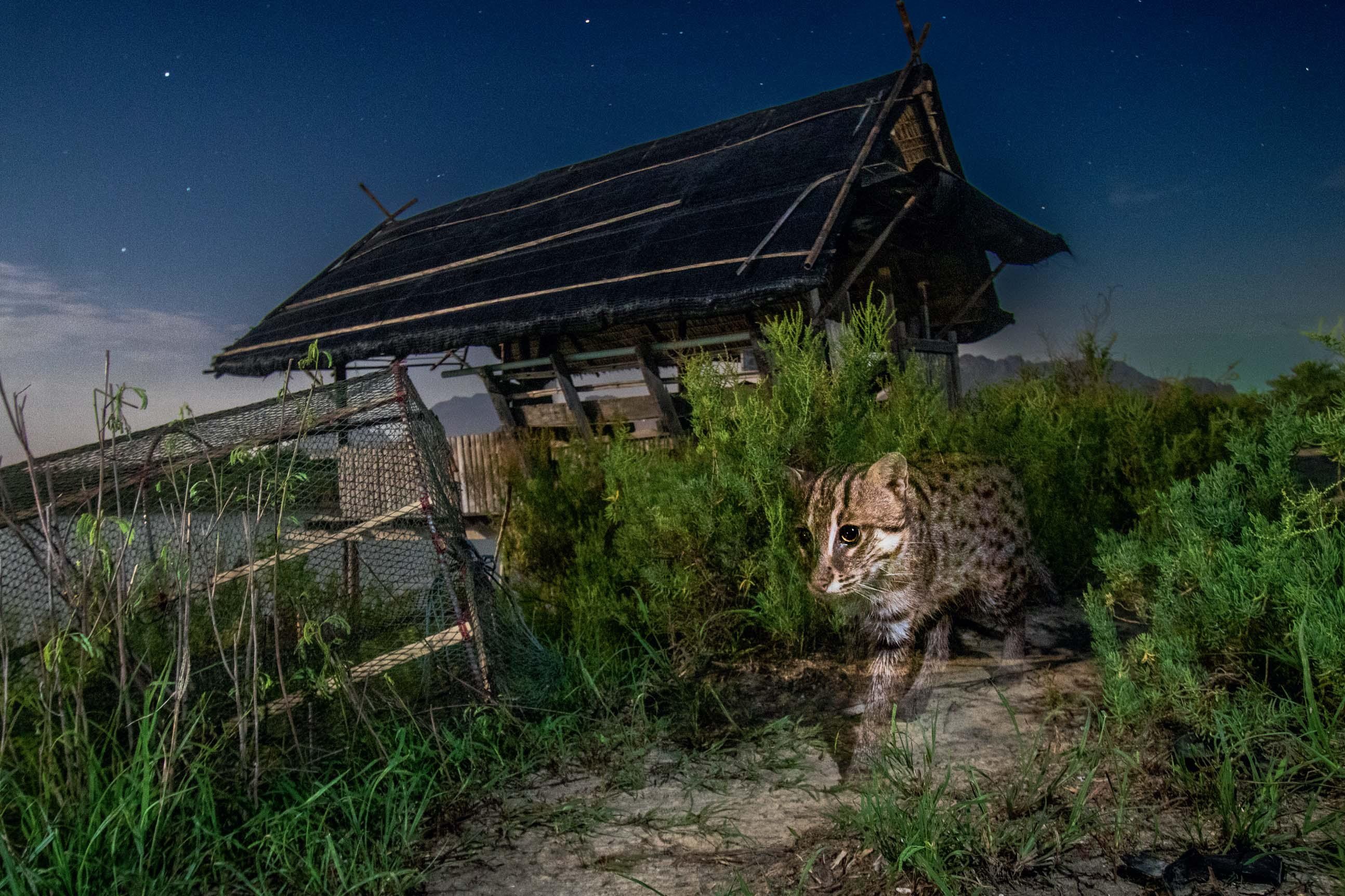
Shining a light
A fishing cat - a medium-sized feline native to South and South-East Asia - prowls a traditional shrimp farm near the border of Khao Sam Roi Yot National Park, Thailand. This rare wetland specialist is well adapted to its watery home, with partially webbed feet and non-retractable claws for spearing slippery fish. The species is in decline across its range, largely due to habitat loss and poaching. In this part of Thailand, fishing cat habitat has become fragmented by shrimp farms and fishponds - so researchers are investigating how the animals are navigating this altered landscape.
To catch a cat
Biologists Chaiwat Klakhaeng and Wiroon Mongkonsin set a box-trap to catch a fishing cat for radio-collaring. Bait goes in the small rear section, luring the animal into the larger front section. When a cat enters the trap, it steps on a pressure plate, triggering the entrance flap to swing shut. Boxtraps are considered a very safe way of catching cats.
A changing view
Designated in 1996 as Thailand's first marine park, Khao Sam Roi Yot encompasses 98km² of coast facing the Gulf of Thailand. The area is known for its steep, forested hills and expansive marsh, but shrimp farms are dramatically altering the landscape.
Night watch
Having successfully collared a male fishing cat, Wiroon tracks him at night using special data-receiving equipment. Fishing cats are solitary and nocturnal, and thus difficult to observe in the wild.
Spots and stripes
Sometimes referred to as 'little leopards,' fishing cats sport short, muscular legs, distinct forehead stripes that break out into patchy spots, and large, close-set eyes. Females are slightly smaller than the males.
Shrimp farming
Denne historien er fra May 2024-utgaven av BBC Wildlife.
Start din 7-dagers gratis prøveperiode på Magzter GOLD for å få tilgang til tusenvis av utvalgte premiumhistorier og 9000+ magasiner og aviser.
Allerede abonnent ? Logg på
Denne historien er fra May 2024-utgaven av BBC Wildlife.
Start din 7-dagers gratis prøveperiode på Magzter GOLD for å få tilgang til tusenvis av utvalgte premiumhistorier og 9000+ magasiner og aviser.
Allerede abonnent? Logg på

SNAP-CHAT
Justin Gilligan on giant spider crabs and holding hands with an octopus
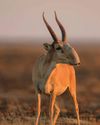
STEPPE CHANGE
Herds of saiga have returned to Kazakhstan, but there's a fine balance to tread
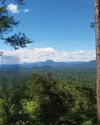
TREES FOR LIFE
Community is at the heart of conservation in the tropical forests of southern Belize
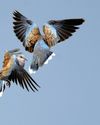
WHEN DOVES CRY
Turtle doves are now the UK's fastest declining bird species, but the RSPB is on a mission to save them

SURVIVAL OF THE CUTEST
We can't help being drawn to cute creatures, but our aesthetic preferences both help and hinder conservation

LIGHT ON THE NORTH
Spectacular images of Arctic foxes, reindeer and musk oxen reveal the wild beauty and diversity of Scandinavia

ROLLING IN THE DEEP
The super-sized crustacean that lives in the deepest, darkest ocean
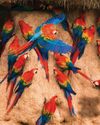
LET'S GET TOGETHER
Clay licks deep in the Amazon explode in a riot of colour, with macaws the stars of the show

FEMALE OF THE SPECIES
To sponge or not to sponge? That is the question for the bottlenose dolphins (Tursiops aduncus) living in Shark Bay, Western Australia.
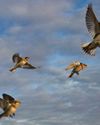
7 nature encounters for the month ahead
WITH NATURALIST AND AUTHOR BEN HOARE